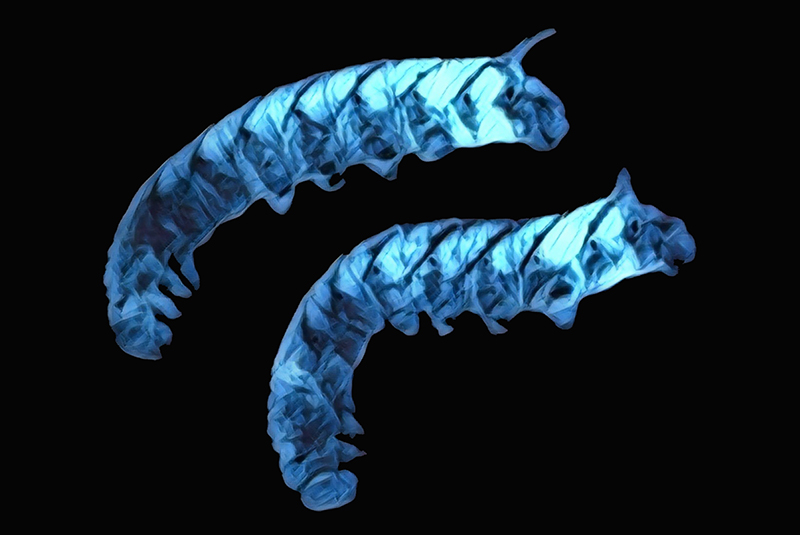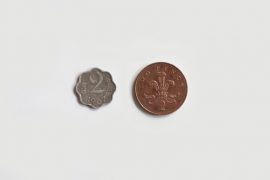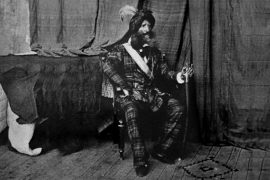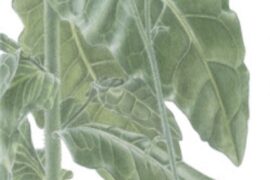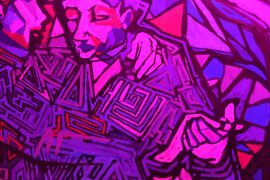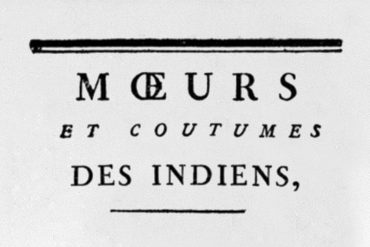The Battle of Shiloh–fought April 6-7, 1862, in southwestern Tennessee–was one of the deadliest battles of the American Civil War. The eminent writer and humourist Samuel Watkins, the US President James Garfield, the famous British explorer Henry Stanley, and the geologist John Powell – all took part in it.
The battle, a desperate but tactful bid to seize vital transport routes and to defeat the enemy units, turned out to be a surprise for both sides. The Confederates had strategised geographically and had hoped to drive the enemy to the swamps. However, as a result of the confusion that prevailed in the battlefield, their actions strayed far from their plans and they lost control of the situation. And by the end of the bedlam, they witnessed casualties that were way beyond the expectation and readiness of either party.
It resulted in 24,000 casualties, including over 1700 fatal ones, on either side. However, the outcome of the carnage could have been much worse, had it not been for an unexpected intervention from nature in the form of a bacterium– Photorhabdus luminescens.
Photorhabdus luminescens, a gram-negative bacterium, is bioluminescent. That means it produces light using internal chemical reactions. It has a complex life cycle–dwells in the intestines, lives in a symbiotic relationship with nematodes (tubular class of vermin), and invades insects at their larval stage.
-30-
Copyright©Madras Courier, All Rights Reserved. You may share using our article tools. Please don't cut articles from madrascourier.com and redistribute by email, post to the web, mobile phone or social media.Please send in your feed back and comments to [email protected]

